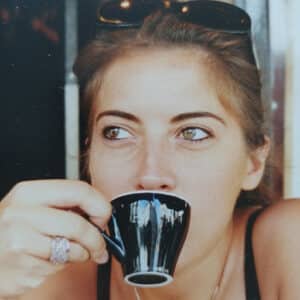Keith Richards, Villefranche sur Mer, 1971 © Dominique Tarlé, La Galerie de l’Instant
Mick Jagger, Keith Richards, Grand Hôtel du Cap-Ferrat, 1971 © Dominique Tarlé, La Galerie de l’Instant
This impressive collection of photographs is like a...

Keith Richards, Villefranche sur Mer, 1971 © Dominique Tarlé, La Galerie de l’Instant
Mick Jagger, Keith Richards, Grand Hôtel du Cap-Ferrat, 1971 © Dominique Tarlé, La Galerie de l’Instant
This impressive collection of photographs is like a...



You’re getting blind.
Don’t miss the best of visual arts. Subscribe for $7 per month or $84 $70 per year.
Already subscribed? Log in